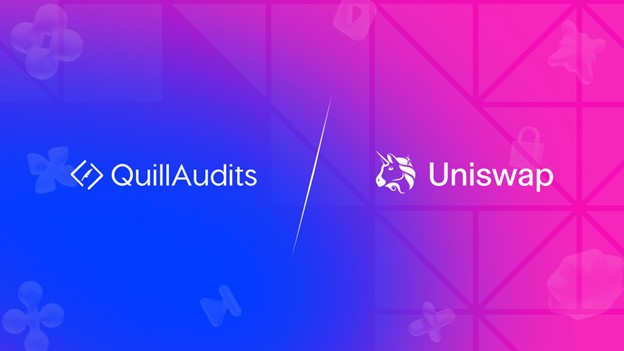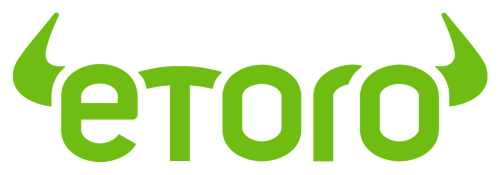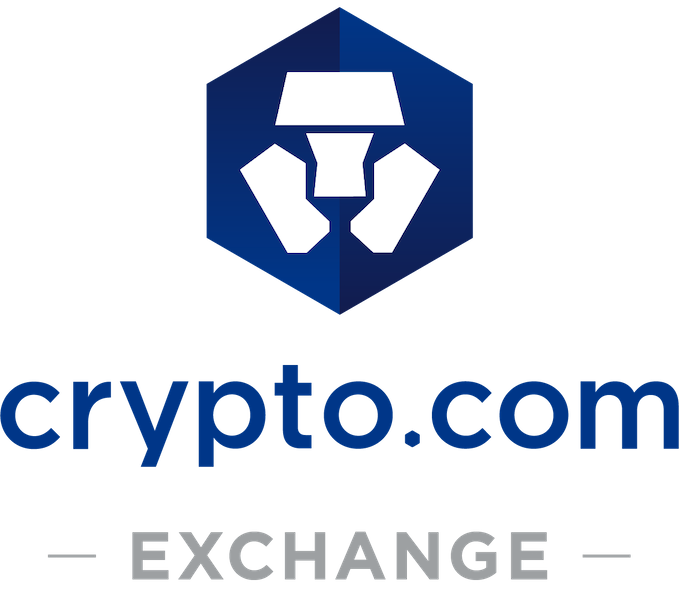
DeFi has matured rapidly over the past few years, evolving from niche experiments to a thriving ecosystem that redefines global finance. Billions now flow through decentralized protocols every day, yet one challenge remains constant, how do we make decentralized systems secure enough to scale sustainably?
When it comes to DeFi security, no discussion is complete without mentioning Uniswap. Beyond being a leading decentralized exchange, Uniswap has established itself as a benchmark for secure smart contract design and transparent architecture — a rare combination in a rapidly evolving space.
The Power of Minimalism in DeFi
Uniswap’s enduring success can be traced to one principle, simplicity. By introducing the automated market maker (AMM) model, Uniswap replaced complex order books with a straightforward liquidity pool mechanism. This mathematical clarity not only made trading more accessible but also reduced the number of potential vulnerabilities in its code.
Every additional line of code in a DeFi protocol can become an attack surface. Uniswap’s minimalism, therefore, was not just a design choice, it was a security strategy. Its contracts are easier to test, verify, and audit, allowing the protocol to withstand the pressure of billions in total value locked (TVL) while maintaining integrity.
Security Is Built, Not Bolted On
A common pitfall among builders is treating audits as a final step. By the time the code reaches auditors, hidden architectural flaws may already be entrenched. Uniswap’s journey has proven that true smart contract security begins at the design level, with risk analysis, structured development, and iterative validation built into every phase.
This principle is unpacked in QuillAudits Uniswap Development Handbook, which explores how Uniswap evolved its architecture, addressed key attack vectors, and set new standards for secure protocol design. The resource serves as both a technical breakdown and a playbook for DeFi teams seeking to replicate Uniswap’s resilience.
The Rise of Hooks and the Next Security Frontier
With Uniswap v4, the introduction of Hooks opened a new frontier for innovation and new layers of security considerations. Hooks allow developers to customize pool behavior, adding features such as dynamic fees, on-chain limit orders, or automated yield strategies, all executed at specific points in the swap lifecycle.
While this modular flexibility fuels innovation, it also expands the attack surface. Improperly implemented hooks can introduce vulnerabilities that bypass the protocol’s core safeguards. The Hook ecosystem, as explored in our handbook, demonstrates how Uniswap’s design maintains balance, empowering developers to build freely while requiring robust permissioning, code isolation, and review processes to ensure safety.
The takeaway? As Uniswap’s architecture evolves, its commitment to security maturity evolves with it, offering valuable lessons for every DeFi team navigating extensibility without compromising integrity.
Trust Is the Real Currency of DeFi
Users don’t read code, they read reputations. What separates trusted DeFi protocols from the rest is a proven history of security and reliability. Uniswap earned this trust through continuous diligence, transparent upgrades, and a willingness to prioritize safety over hype, a lesson that remains crucial as new projects enter the ecosystem.
In the ever-changing DeFi landscape, trust and security are deeply intertwined. Each audit, update, and fix contributes to a foundation that users and investors can depend on.
Conclusion
As DeFi expands into multi-chain environments and cross-chain integrations, maintaining that security-first culture is essential. Builders must view audits not as a checkbox but as an ongoing partnership in protocol resilience.
Because, as Uniswap’s legacy shows us, security isn’t something you add before launch – it’s something you design from line one.










